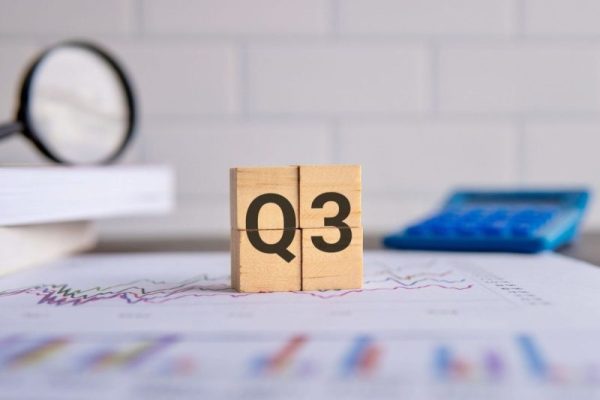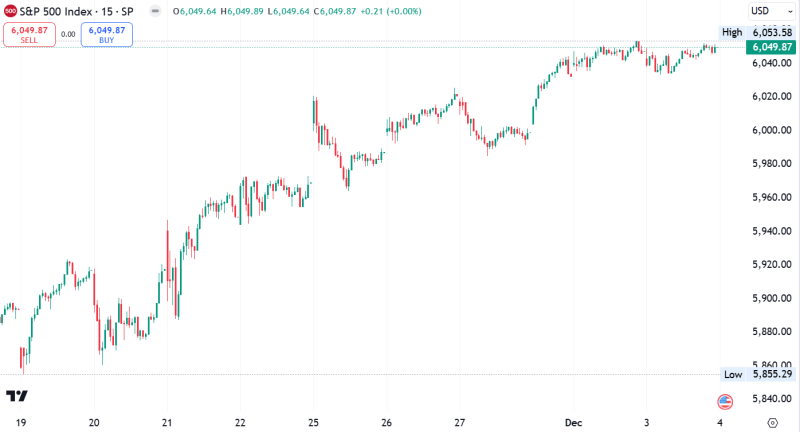

Understanding Forex Trading: A Comprehensive Overview
Understanding Forex Trading: A Comprehensive Overview
Introduction to Forex Trading
Foreign exchange, commonly known as forex or FX, refers to the global decentralised market where currencies are traded. With a daily trading volume exceeding $6 trillion, it is the largest and most liquid financial market in the world. Forex trading involves the simultaneous buying of one currency and selling of another, speculating on the relative value of the two currencies.
Why Forex Trading?
Forex trading has gained significant popularity in recent years due to its accessibility, potential for high returns, and the ability to trade 24 hours a day, 5 days a week. Participants in the forex market include individuals, businesses, and financial institutions, creating a dynamic and complex ecosystem.
Market Structure and Operations
One of the key features of the forex market is its lack of a central exchange or clearinghouse.
jQuery(document).ready(function ($) {
var cookie_token = $.cookie(‘token’);
url = window.location.href;
var param = url.split(‘?’)[1]
console.log(url);
if ($.cookie(‘token’) && param != ‘webview=true’) {
var settings = {
“url”: “https://my.financebrokerage.com/api/transactions/my”,
“method”: “GET”,
“timeout”: 0,
“headers”: {
“Content-Type”: “application/json”,
“Authorization”: `Bearer ${cookie_token}`
},
};
$.ajax(settings).done(function (response) {
if (response[0].status == “Approved”) {
$(‘.blur’).html(`
Instead, forex transactions are conducted over-the-counter (OTC) between buyers and sellers, facilitated by a global network of banks, brokers, and other financial institutions. This decentralized structure allows for greater flexibility and responsiveness to market conditions.
Mechanics of Forex Trading
Forex trading involves the exchange of one currency for another, with the goal of profiting from fluctuations in their relative values. Traders speculate on the future direction of currency pairs, such as the Euro/US Dollar (EUR/USD) or the British Pound/Japanese Yen (GBP/JPY), and open positions accordingly.
The market operates on a floating exchange rate system, where currency values are determined by supply and demand in the global market. Factors such as economic indicators, political events, and central bank policies can all influence the relative strength of a currency, leading to price movements that traders can capitalize on.
Trading Platforms and Market Access
Forex traders use various trading platforms, often provided by brokers, to execute their trades. These platforms offer real-time market data, charting tools, and order execution capabilities, allowing traders to monitor the markets and make informed decisions.
Global Market Hours
The forex market is open 24 hours a day, 5 days a week, with trading activity concentrated in major financial hubs around the world, including London, New York, Tokyo, and Sydney. This continuous trading activity provides traders with ample opportunities to enter and exit positions based on their strategies and market conditions.
Currency Pairs and Trading Instruments
The forex market offers a wide range of currency pairs and trading instruments for traders to explore. The most actively traded currency pairs, known as the “major” pairs, typically involve the US Dollar, Euro, Japanese Yen, British Pound, and Swiss Franc.
In addition to the major pairs, the forex market includes “minor” and “exotic” currency pairs. Minor pairs involve less frequently traded currencies, while exotic pairs combine a major currency with an emerging market currency, such as the USD paired with the South African Rand or the Euro paired with the Turkish Lira.
Traders can also engage in cross-currency trading, which involves the exchange of two non-US Dollar currencies, such as the Euro/British Pound (EUR/GBP) or the Australian Dollar/New Zealand Dollar (AUD/NZD). Understanding the unique characteristics and dynamics of different currency pairs is crucial for forex traders to identify potential opportunities and manage risks effectively.
The Role of Central Banks
Central banks play a pivotal role in the forex market as they set monetary policies and manage the value of their national currencies. Central bank actions, such as interest rate decisions, currency interventions, and quantitative easing programs, can significantly impact the relative strength and volatility of currencies.
Traders closely monitor central bank announcements and policy changes, as these events can trigger substantial price movements in the forex market. For instance, an interest rate hike by a central bank may lead to an appreciation of the domestic currency, attracting investors seeking higher returns.
Differences from Other Markets
Forex trading differs significantly from the trading of stocks or commodities. Despite its accessibility, 24/5 schedule, and high liquidity, forex trading is a challenging yet rewarding career path, particularly for individuals with a financial background. The flexibility of being self-employed and the ability to trade from a laptop or mobile device appeal to both new graduates and experienced professionals.
Advantages of Forex Trading
Despite the risks and high volatility, forex trading offers several benefits:
- Low Transaction Costs: Most brokers profit from currency spreads rather than charging commissions.
- Round-the-Clock Trading: The forex market’s 24/5 schedule suits short-term traders who prefer taking positions over brief periods.
- High Liquidity: This allows for efficient and quick execution of large orders without significant price deviations, reducing the likelihood of price manipulation and anomalies.
Conclusion
Forex trading is not a get-rich-quick scheme; however, with a solid understanding of the market, a robust trading plan, and an acceptance of the risks involved, forex trading can be a profitable and fulfilling career. With dedication and strategic planning, traders can navigate the complexities of the forex market and achieve long-term success.
`);
} else {
$(‘.blur’).css({
‘background’: ‘linear-gradient(95deg, #4e4e4e 25%, #000 45%, #bbb 75%, #FFFFFF 100%) 98%/200% 100%’,
‘text-transform’: ‘inherit’,
‘-webkit-background-clip’: ‘text’,
‘background-clip’: ‘text’,
‘-webkit-text-fill-color’: ‘transparent’
})
$(“.wpb_content_element”).append(`
Want to read more?
Click on the button below to access all premium content
articles by purchasing one of our educational packages
`)
}
});
} else {
$(‘.blur’).css({
‘background’: ‘linear-gradient(95deg, #4e4e4e 25%, #000 45%, #bbb 75%, #FFFFFF 100%) 98%/200% 100%’,
‘text-transform’: ‘inherit’,
‘-webkit-background-clip’: ‘text’,
‘background-clip’: ‘text’,
‘-webkit-text-fill-color’: ‘transparent’
})
$(“.wpb_content_element”).append(`
Want to read more?
Click on the button below to access all premium content
articles by purchasing one of our educational packages
`)
}
});
The post Understanding Forex Trading: A Comprehensive Overview appeared first on FinanceBrokerage.



















































































































































































































